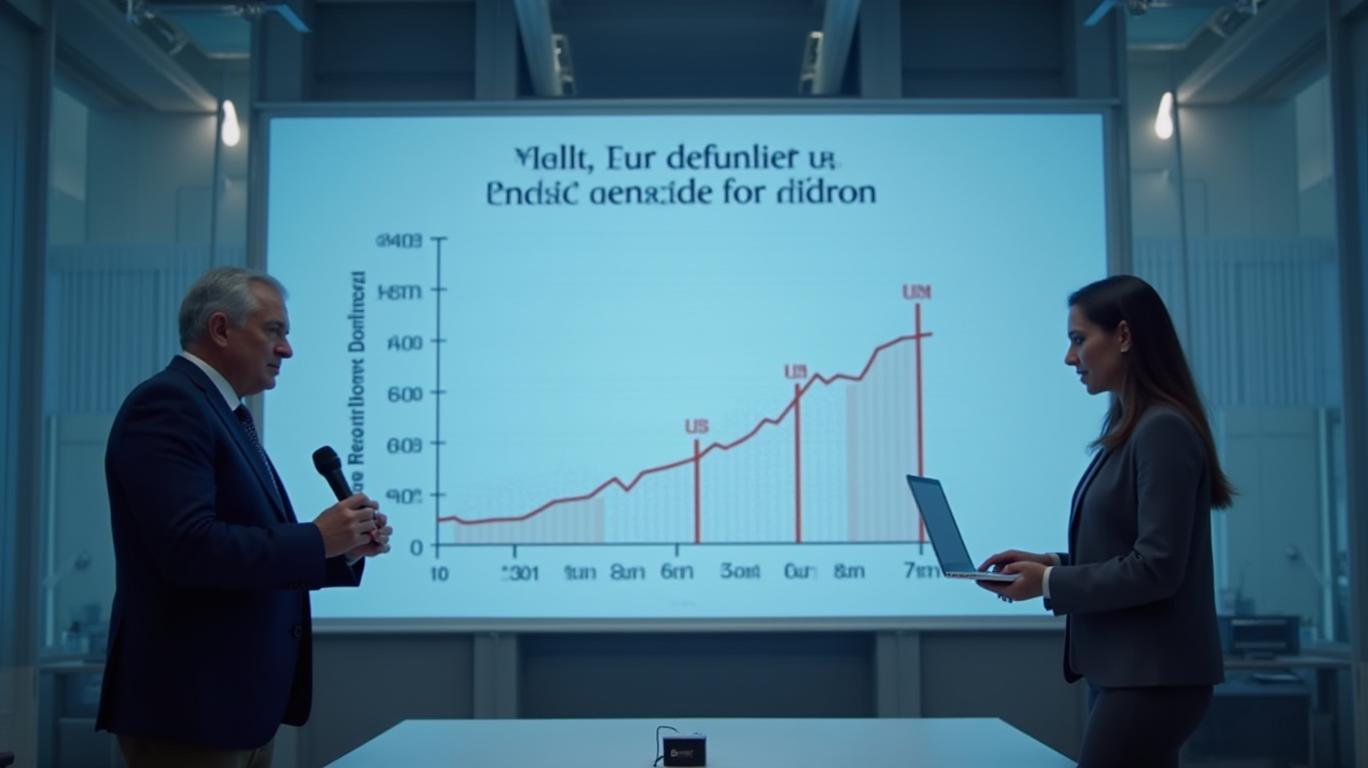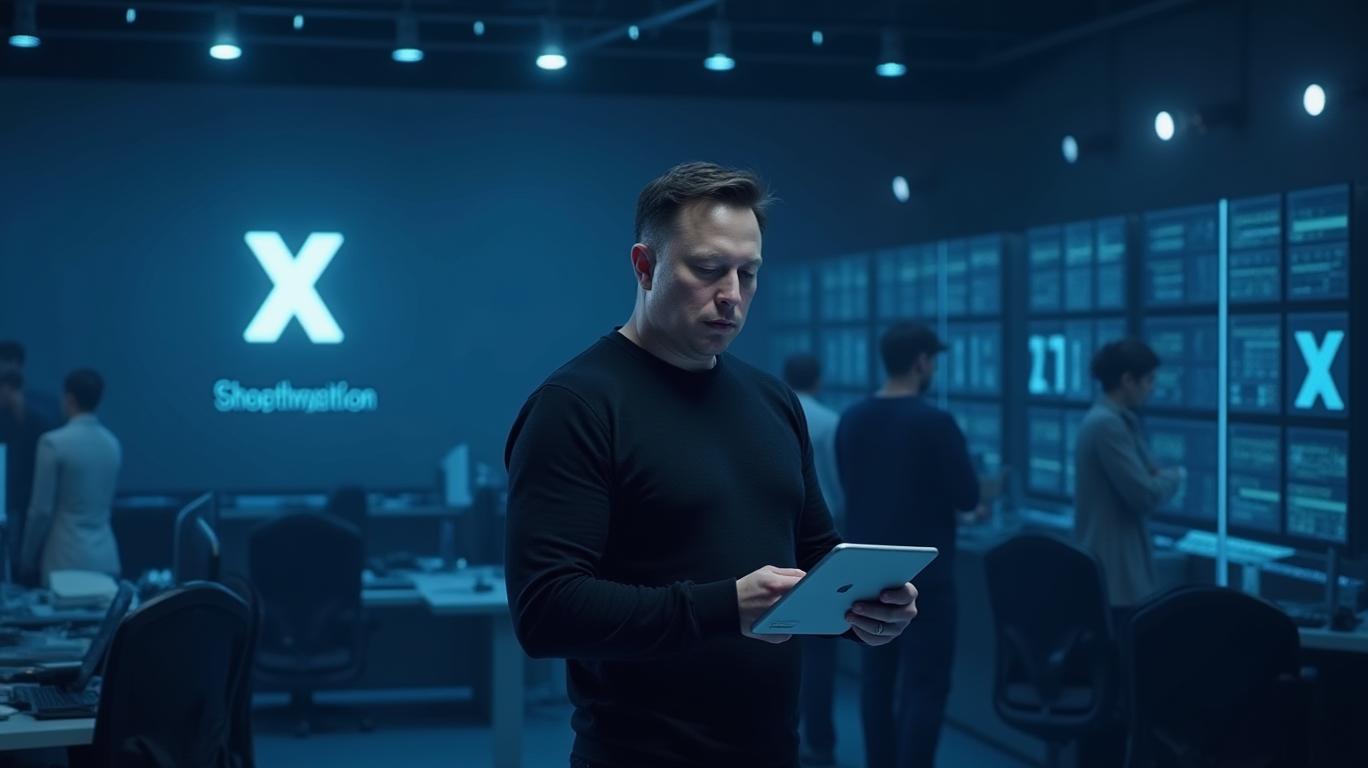Apple's Vision Pro Struggles: Resale Values Plummet Amid App Drought
Since its launch, Apple's Vision Pro has faced challenges in establishing a "killer app," a key factor in driving widespread consumer adoption. This difficulty is reflected in the secondary market, where Vision Pro’s resale value has significantly dropped.
While initially generating excitement, the slow pace of new app development for Vision Pro has left users wanting more. Analysts have noted a decline in new apps, with only a small fraction of applications being exclusive to the device. This lack of compelling software has contributed to users opting to sell their devices, often at a substantial discount from the original purchase price.
The competition in the headset market is intense, with Meta maintaining a stronghold due in part to its extensive investment in app development. Developers are waiting to see Vision Pro's market traction before committing resources, a pattern common in emerging tech platforms.
Vision Pro’s slow growth in its ecosystem contrasts with earlier Apple products. Past devices like the iPhone and Apple Watch saw rapid app adoption soon after launch, spurred by lower prices and broader developer engagement. The technical demands of Vision Pro app development add another layer of complexity, delaying the arrival of breakthrough applications.
In the used market, reports indicate that resale values have declined notably. Users have been selling their Vision Pros at prices far below what they initially paid, highlighting the impact of the device's unmet potential on consumer satisfaction.
For Vision Pro to replicate the success of Apple's previous iconic products, the emergence of transformative applications will be crucial. Until then, the device's ability to capture consumer interest remains in question, with falling resale values reflecting ongoing uncertainties.


_cbf77e8c1748017079428.jpeg)





